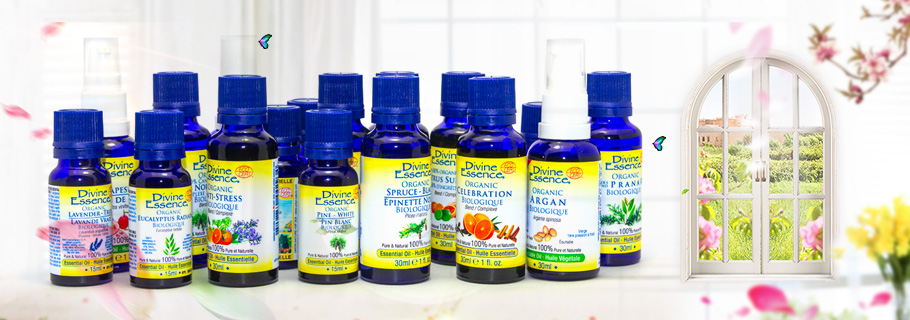Once you’ve familiarized yourself with base, intermediary and top notes, the next step is to consider what type of scent to build your blend around, and how to go about doing so. While there are no strict rules per se as to which types of essential oils will go together, there are some loose principles: if you go about mixing oils from every family of scent without consideration as to which ones may go together, you’re much more likely to end up with a muddy, unpleasant aroma than a successful one, after all.
Different essential oils can be used for various purposes and therapeutic ends. It’s important to consider these functions when making a blend, as they can determine which ingredients are most suitable.
Principles of aromatherapy
Essential oils also have different effects and functions; while it is true that some of these are more up for debate than others – for example, lavender isn’t relaxing to someone who simply hates it – certain oils do as a general rule fulfill these roles better than other. Therapeutic values of these oils are oftentimes rooted in their chemical composition: while spike lavender can help relieve pain, sweet orange essential oil simply cannot.
Here are some examples of functions for essential oils as well as oils that can be used for these purposes.
| Relaxing oils chase away anxiety and stress, and they can also help those suffering from insomnia. | True Lavender
Marjoram-Spanish |
| Stimulating oils boost energy levels and concentration, bringing about wakefulness and clarity of mind. | Most citrus oils
Thyme |
| Analgesic oils relieve pain and ease muscular tensions. They have a high cross-over with decongestant oils. | Spike Lavender
Peppermint Eucalyptus |
| Decongestant oils clear up mucus and ease breathing. They can be rubbed on the chest, diffused or used in massage. | Tea Tree
Eucalyptus |
| Anti-depressant oils help regulate moods and ease sadness and numbness. These oils often cross-over into the stimulating oil category. | Most citrus oils
Rose |
Families of scent
Families of scent are categorized loosely according to the nature of ingredients and their scents. It is not an exact science, and certain aromas defy categorization: for example, sandalwood is neither arboreal nor properly a resin, and it is therefore included in the atypical category. Families of scents, save perhaps for the atypical category, tend to pair well together, and certain categories are more likely (though not guaranteed!) to harmonize with other ones.
Floral. Extracted from flowers, these scents tend to pair well with sweet scents, resins, atypical scents such as sandalwood and certain spices. They generally clash with arboreal scents, though this effect can be mitigated by adding fruit-based oils, or carefully balancing them.
Fruits. Tending to be in the top note category, these essential oils are extracted primarily from citrus fruits. They pair well with spices and floral scents, as well as some arboreals: pine and lemon, for example, are an exceptionally popular combination in deodorizers. They’re known for their uplifting and stimulating effect: while relatively rare in perfumes, they’re extremely popular in massage oils in part for this reason.
Herbs. This category can be distinguished from the spice category due to its usually milder scents, which are mostly extracted from leaves. Some exceptions such as garlic blur the line between spice and herbs, but they tend to be unpopular in perfume and massage oils. These scents tend to pair particularly well with arboreal and citrus aromas: the fresher and sharper the scent, the more they tend to complement woodsy smells, and the milder, fuller scents tend to complement fruits better.
Spices. Including cinnamon and ginger, these aromas complement fruits and arboreal scents particularly well. These scents are usually much more intense and slightly sweeter on average than herbs. They generally work as accents to a main scent, and usually aren’t in the greatest proportion.
Arboreal. These scents tend to be extracted from needles, leaves and woods, and they often have decongestant properties. They pair well with each other, often not needing other families, but they can also be combined successfully with fruits and spices.
Resins. Rare in essential oils, these scents are unusually popular in incense. They can pair well with floral scents and fruits, but they’re very rare in massage oils and diffusion. A notable exception is camphor, because of its analgesic properties.
Atypicals. Sometimes called exotics, this category includes ingredients that sometimes could quite literally fit into another category, but that have scents that have significant differences from these families. For example, sandalwood would be an arboreal, but its scent is so sweet that it is too distinct from pine, black spruce and others to follow the same pairing rules.
Apart from a professional massage accessories supplier in Canada, we are also supplying the best quality acupuncture needles, massage tables, massage accessories, clinic supplies, health products and more at great prices. You can find out more great products at Lierre.ca
All rights reserved for Lierremedical Blog.

